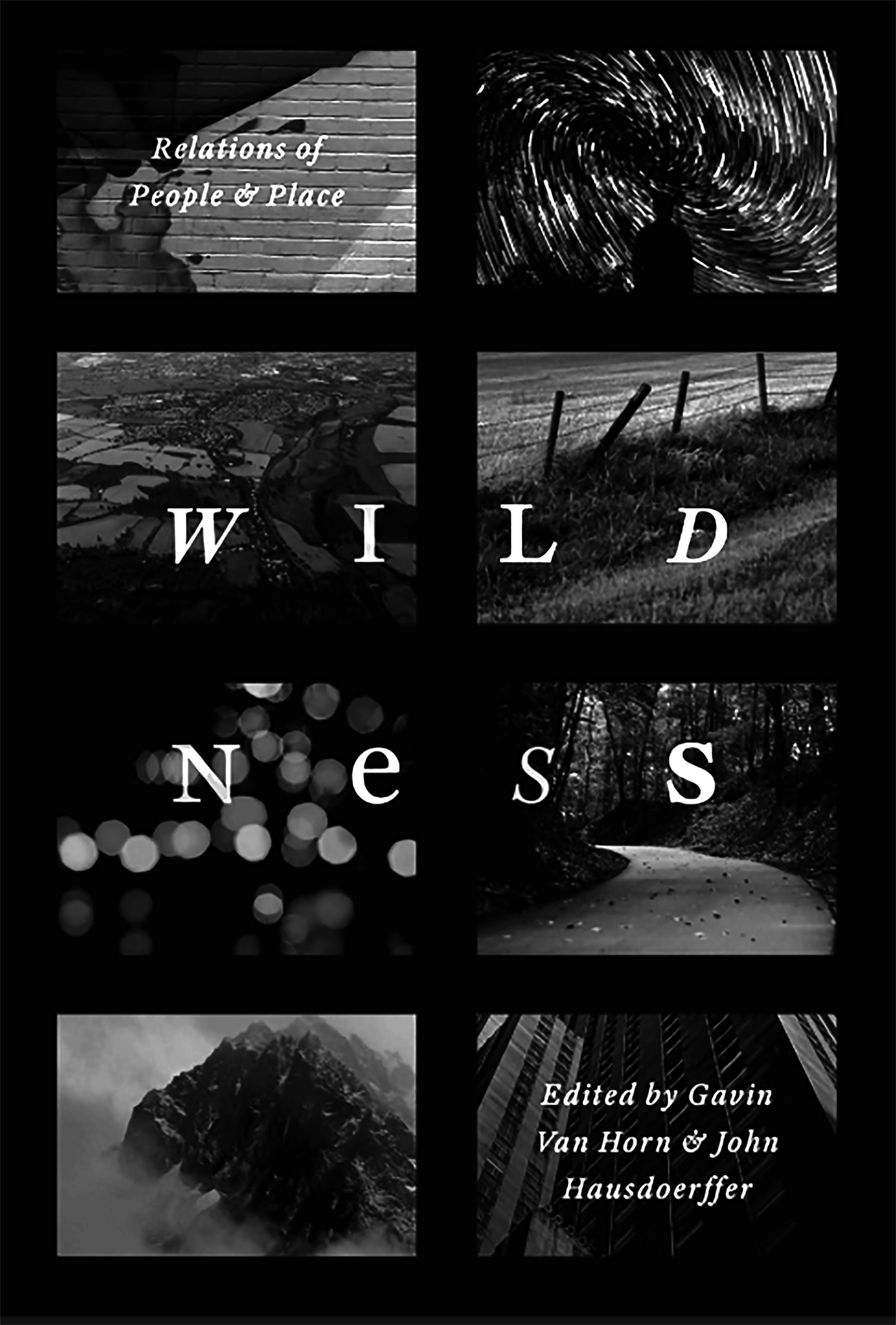Wildness: Relations of People & Place is a rare bird. It’s a collection bound not by genre or intended audience, but by a singular theme: that “human and wild communities are entangled, and can work toward collective health and self-renewal.” And so, across four parts and two-dozen essays, editors Gavin Van Horn and John Hausdoerffer recast mankind as a part of nature, one of many species, hitched to everything else in the universe.
This is heady stuff, the sort of crit-lit quicksand a lesser work might lose itself in. Luckily, Wildness treads lightly and moves often. The settings range from the Pacific Northwest to Iceland and Kenya; some essays are starched-collar academic while others feel as if they should be read in Birkenstocks. The pairing of grab-bag curation with a tight thematic focus emerges as one of Wildness’s real strengths: if you find yourself dozing off in a passage about soil aeration, you can rest easy knowing that long-form poems about sheep herding and a tender memoir about catfish gods are each a few pages off.
But as disperse and diverse as Wildness is, it clearly wants to ask big questions. In one essay, American Indian studies professor Enrique Salmón argues that “the environment has metaphorically assumed entity-like status in our language, and therefore, our mind.” In another, Margo Farnsworth, a fellow at something called the Biomimicry Institute, writes of a chasm “between what we have known and understood and what remains mysterious and sometimes dangerous” about nature.
For Farnsworth, it is this “perceived split” that drives man to “subdue and conquer the wild, making it more understandable and less wild in the process.” Thus, “the idea that there is some essential border between people and the rest of nature”—as lepidopterist Robert Michael Pyle writes elsewhere—“is one of the most dangerous dualisms in the world.”
Wildness makes repeated references to the twentieth-century ecologist Aldo Leopold, but it feels even more indebted to University of Chicago historian Dipesh Chakrabarty, who wrote in his influential 2009 essay “The Climate of History: Four Theses” that “the distinction between human and natural histories [has] begun to collapse” under the weight of the anthropocene. In short, Chakrabarty argues that man did not exit from a state of nature via industrialization, but that he reemerged as a part of the environment once he had the capacity to affect it on an industrial scale. It’s a surprise that Chakrabarty goes unmentioned in Wildness, but where “Climate of History” is fundamentally anxious, Wildness has a sense of hope—and one rooted in Chicago’s South Side at that.
It also might come as a surprise that some of Wildness’s standout essays take place in an urban setting. And yet, “Cultivating the Wild on Chicago’s South Side,” a stunning interview between Michael Bryson and Michael Howard of Fuller Park’s Eden Place Nature Center, is one of the most affecting moments in the book.
In the two decades since Howard and his wife Amelia founded Eden Place on 44th and Stewart, the tarmac blacktops and roadside litter have been restored to a block of greenbelt. Now it’s an interspecies community space, frequented by red-tailed hawks and white-tailed deer as much as local kids. According to Bryson, “distinctions between wild and agricultural, or between native and nonnative species” aren’t at stake. What really matters is “the provision of many potential points of contact among humans, plants, and animals” to those who might not otherwise get the chance: “one can immediately recognize that human restoration is [Eden Place’s] real and perhaps most valuable purpose.”
The idea of mutual healing recurs in “Healing the Urban Wild,” an essay on Greencorps Chicago and the Eggers Grove forest preserve on the Far Southeast Side (a “glimpse of Chicago before there was a Chicago”). For Van Horn, the effects of Greencorps’ work (replanting trees, weeding invasive species) are reciprocal: both the volunteers and the landscape are rehabilitated by the work. Foresting becomes “a construction of relationships between people and land, an opportunity for the emergence of wildness.”
No matter how mystic it can sound at times, what Wildness is, ultimately, is a demystification. Its essayists seek to reconcile our lives with nature, to expose the two as interlaced—and to let that relationship enhance the wonder of wildness. David J. Rothman’s close reading of Robinson Jeffers’s poem “The Answer” sums up this perspective nicely: we must not distinguish between “the wholeness of life” and man, but “between that wholeness and man separated from that wholeness.” Like the best moments in Wildness, this one is at once starry-eyed and clear-sighted.
Wildness: Relations of People & Place. Edited by Gavin Van Horn and John Hausdoerffer. University of Chicago Press, 2017. 182 pages. $30.

